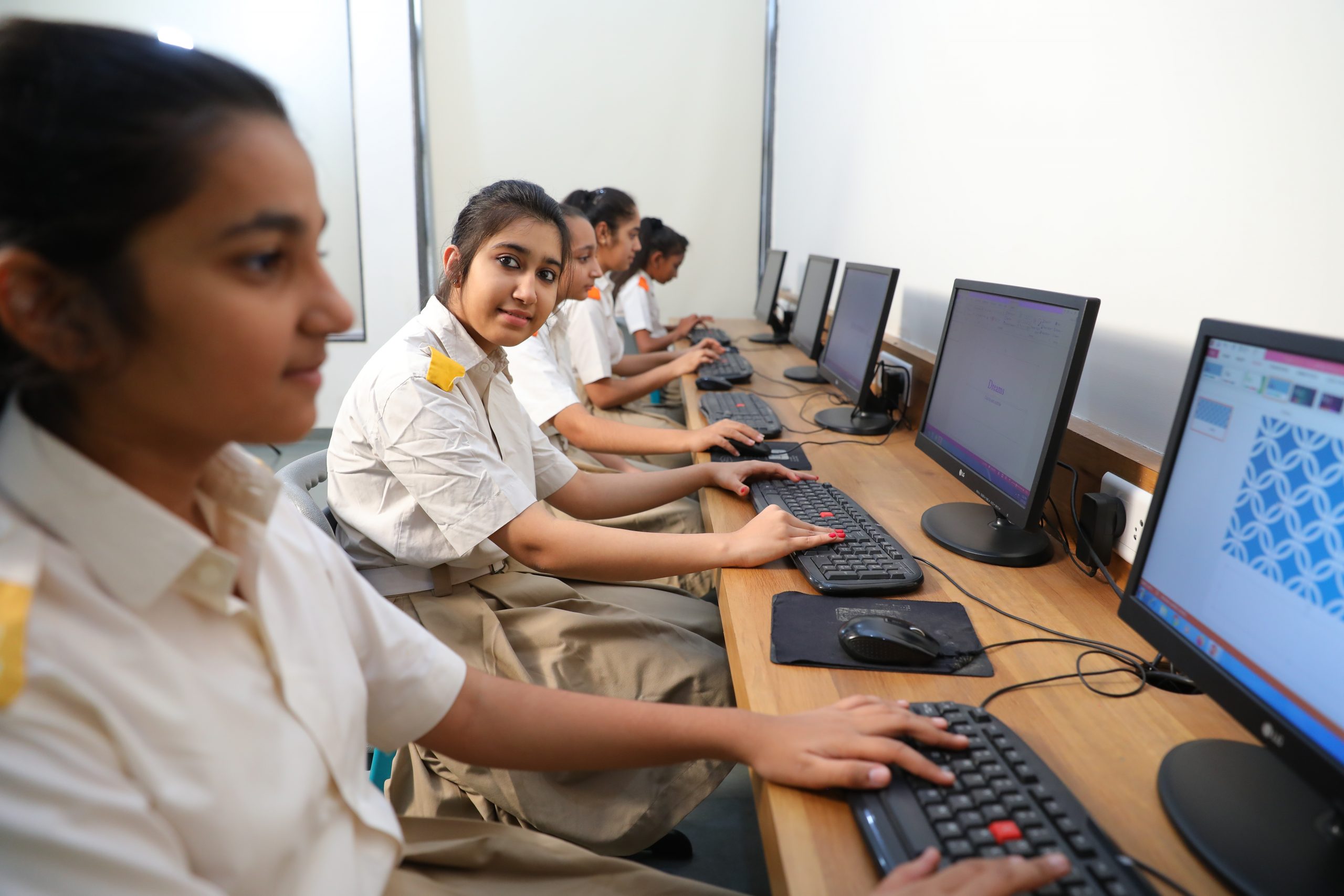



The term peer learning refers to situations where peers support each other in learning processes. There are different forms of peer learning such as peer support groups, peer tutoring, peer teaching, and peer-assisted learning. Peer learning emphasizes the experience of all participating students. Peer learning is not a single, undifferentiated educational strategy. It encompasses a broad sweep of activities.
Students learn a great deal by explaining their ideas to others and by participating in activities in which they can learn from their peers. They develop skills in organizing and planning learning activities, working collaboratively with others, giving, and receiving feedback, and evaluating their own learning. Peer learning is becoming an increasingly important part of many courses, and it is being used in a variety of contexts and disciplines in many countries.
Students feel more comfortable and open when interacting with a peer. Peers and students share a similar discourse, allowing for greater understanding. Peer learners may be at the same or higher level in terms of education or experience; older students teach theoretical or practical lessons to younger students and usually is an effective and practical method.
The educational programs are that are conducted by peers have positive effects on the tutorial and people under the surveillance. Not only is a peer to peer learning an effective way to transfer knowledge among students, but it will also serve as a cost-containing exercise in not having to hire external experts each time there is a knowledge gap in your educational institutions.
More broadly, the data reveal that peer discussion helped students select the correct answer by prompting them to create new knowledge. A Benefit to student accuracy that arises when students discuss their answers with a partner is a “process gain”, in which working in a group yields better performance than can be predicted from individuals’ performance alone. Students feel safer going to a peer than to the professor.
Professors know so much more that it can be intimidating. Who wants to look stupid, confused, or unable to understand something in front of the professor? What if the professor remembers the encounter when giving out grades? If students go to another student, he or she may not know the answer, but at least there is no risk of looking stupid or having it affect your grade.
This creates an environment of open communication which is very important for learning. Research suggests that students who engage in an environment of open and free communication, study well and perform better academically. One-sided instruction from teachers is generally not effective. In the absence of interactivity, students become passive receivers of information.
This can make them completely dependent on teachers for all their learning needs. Peer learning works when it’s selected purposefully, when its use is planned carefully, and when the learning it promotes is evaluated.